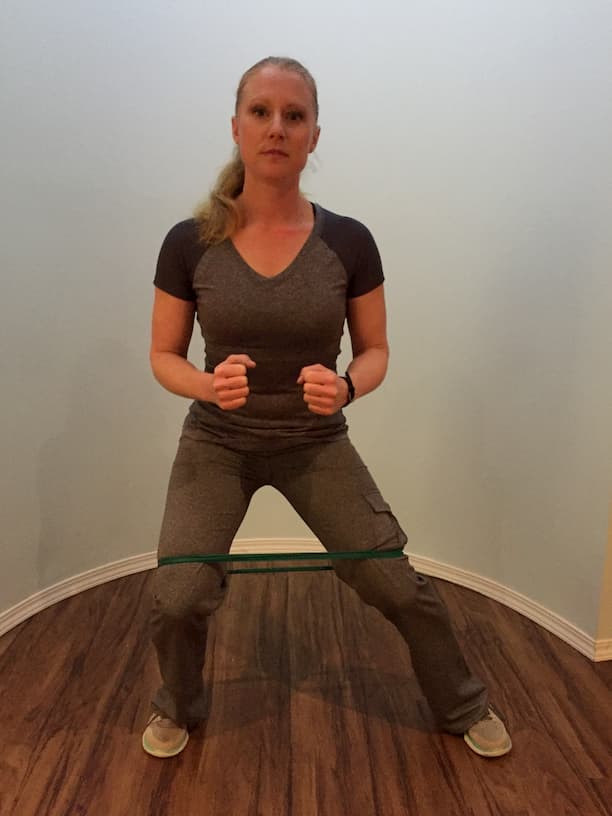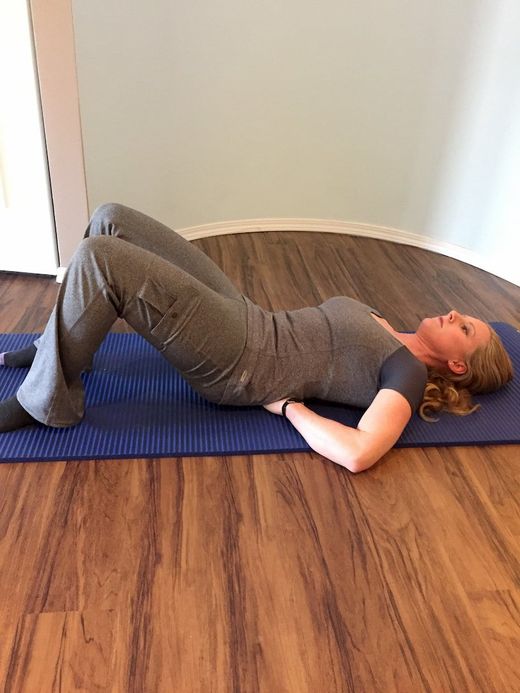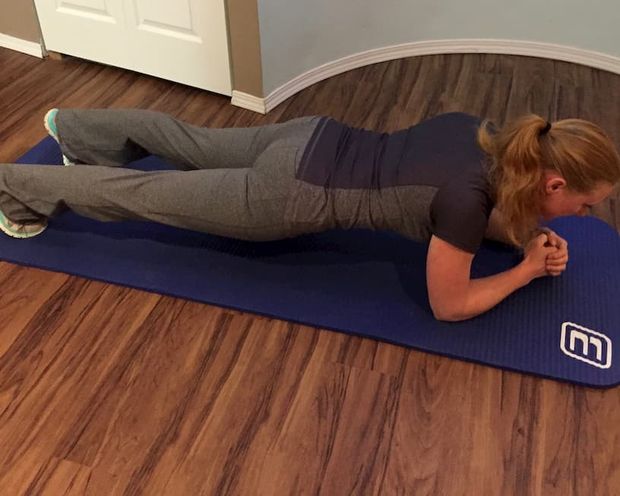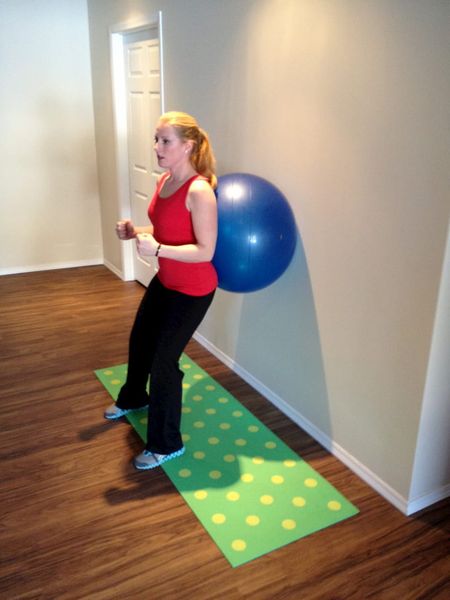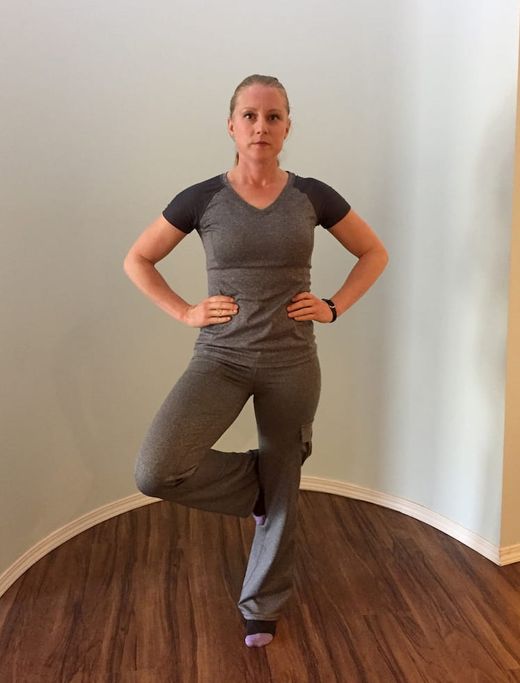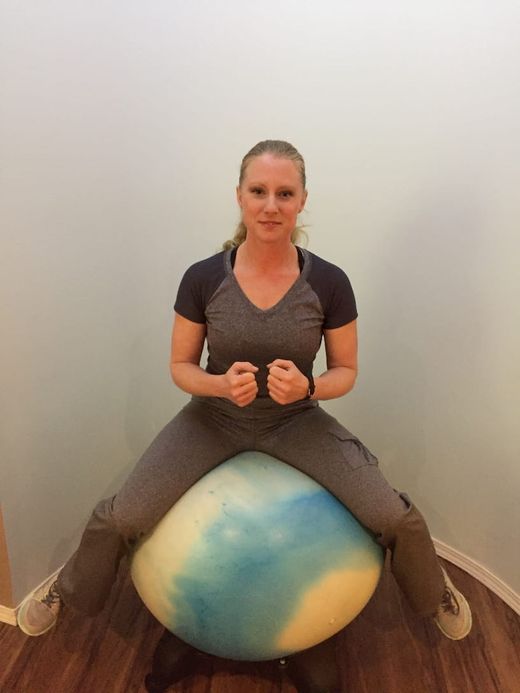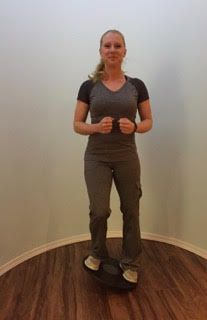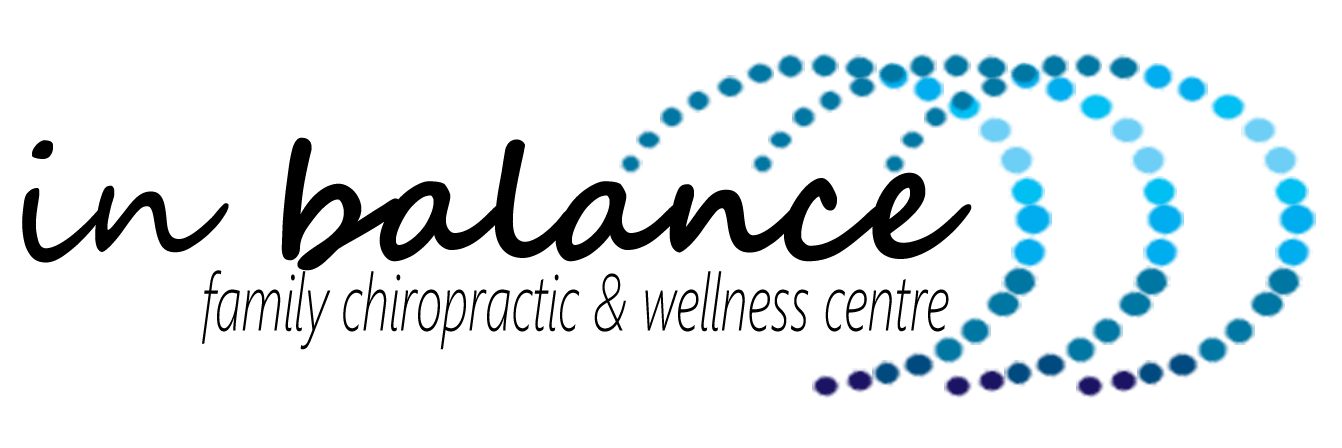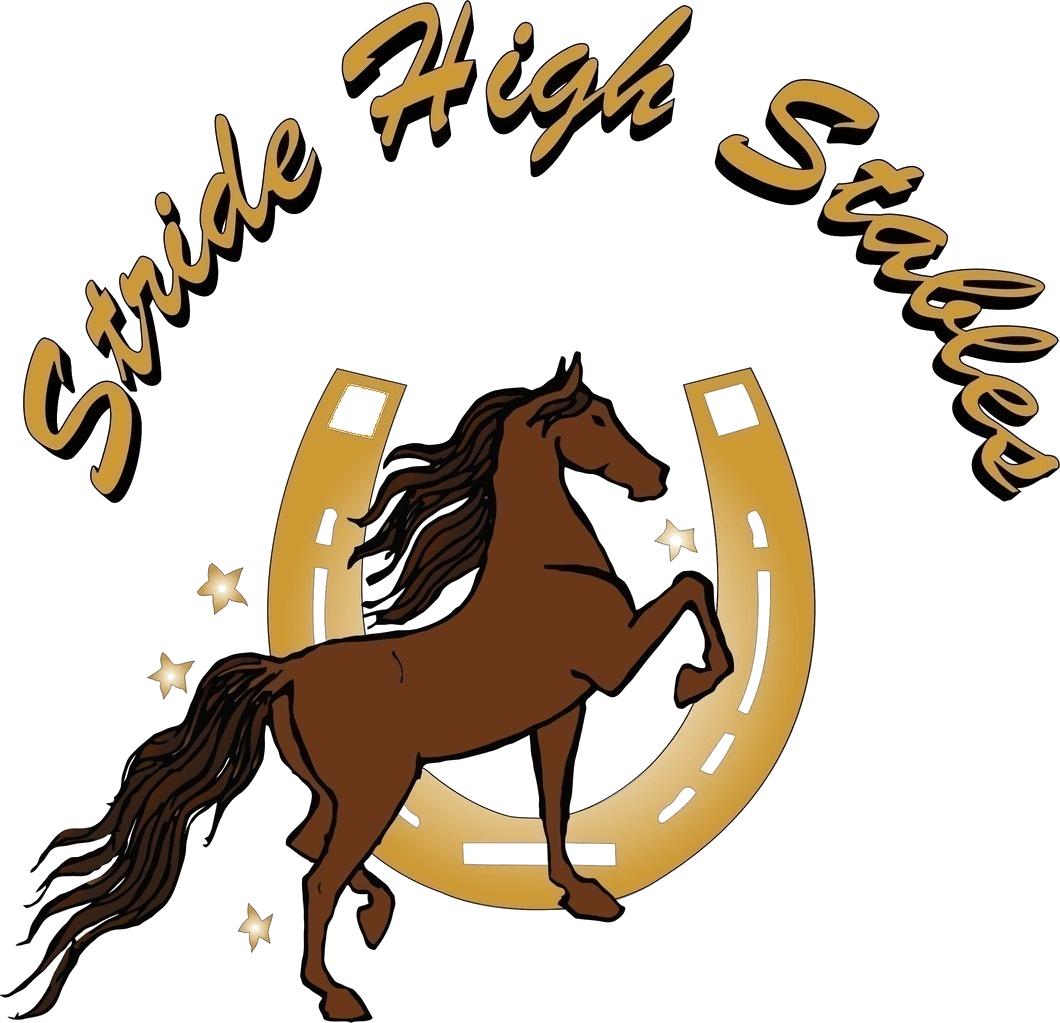Please use your discretion when doing these exercises/tests, and they should not take the place of a Doctors or Sports Therapist recommendations.
These tests were formulated by Rachelle Reichert, owner of Stride High Stables (3X Bronze Medalist, World Cup Saddle Seat Equitation Canadian Team Rider) and Dr. Charles Vantanajal, owner of In Balance Family Chiropractic & Wellness Centre (BSc., D.C. ART, GRASTON,TRX,TPI Certified 3).

